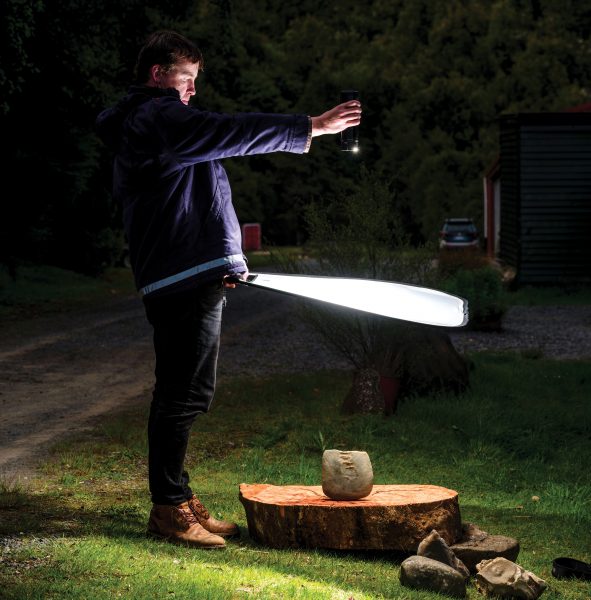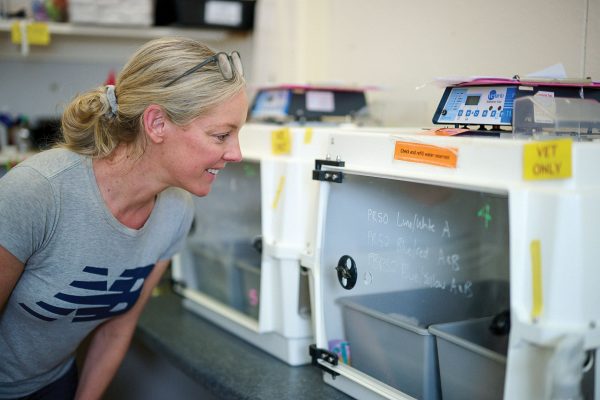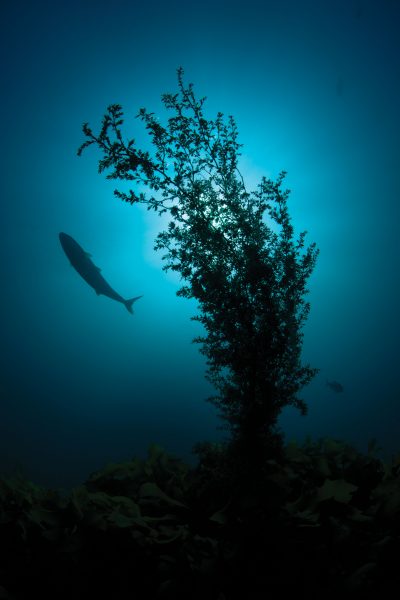Shaky ground
Photographer Rob Suisted on depicting nature and science at work.

Ten days after the Kaikōura Earthquake, Wellington-based photographer Rob Suisted packed up his Jeep and set off to document how the land had shifted. He runs a library of natural-history images, Nature’s Pic, and suspected that many of his landscapes were now out of date.
“I really wanted to document some of the natural history changes—what was happening geologically, biologically,” he says.
He’d just booked a ticket for the Interislander when New Zealand Geographic called.
Suisted knows the Kaikōura region well—and local authorities know him, too, from a book he’d photographed on Molesworth Station in 2013.
“I’ve been right down through the Clarence—I feel like it’s almost a second home,” he says.
Civil Defence granted him permission to travel into closed areas, and what greeted him was land that had shifted so subtly he couldn’t quite identify what had changed.
“As a photographer you have all those views logged in your brain,” he says. “Having driven the coast road so often, you know every view, and then you come around a corner… it’s such a subtle change, but it’s massive.”
One night he wanted to pitch his tent on the closed road, just to say he’d slept on State Highway 1. Local hospitality, however, wouldn’t permit it. “Jack Reader from Meriburn was like, ‘No, we’ve got a bed for you and you’re coming home with us’,” he laughs.
Capturing the most significant changes to the land, however, proved to be a challenge. Crevasses in the earth are minor geological changes—major shifts, such as a six-metre uplift where once land was flat, simply look as though that’s the way it’s always been. Rather, change is best seen in the context of man-made structures.
“You can only capture it in the built environment—railway lines, roads, things that are orderly,” says Suisted.
In his photograph of railway lines by night (see page 46), Suisted tried to capture the feeling of the empty landscape, the tracks bucked and twisted like a rollercoaster, a red line signal in the distance.
“What I was trying to capture in that photograph wasn’t the change, but how it made me feel, and I didn’t know how I felt until it got dark and I saw the railway signal glowing eerily.
There wasn’t a breath of wind, not a sound, no traffic, no humans. It felt almost post-apocalyptic.”
After spending time with GNS Science’s fault team north of Kaikōura, where the most substantial shifts of land had taken place, Suisted flew with GNS’s landslide team over the Seaward Kaikōuras and Goose Bay, examining slips.
“I think the strongest experience I had was seeing the juxtaposition between absolutely gleeful scientists and the people impacted directly by the quake,” he says, adding that he was impressed that locals with property damaged beyond repair didn’t seem to resent the excitement of the scientists.
“One of them said they actually felt quite lucky to have experienced it,” he says. “The people from those areas, they’re quite persistent, the farms are multi-generational. There’s quite a resilience to them. If you’ve been there for 150 years, you have a longer-term view of things.”

















